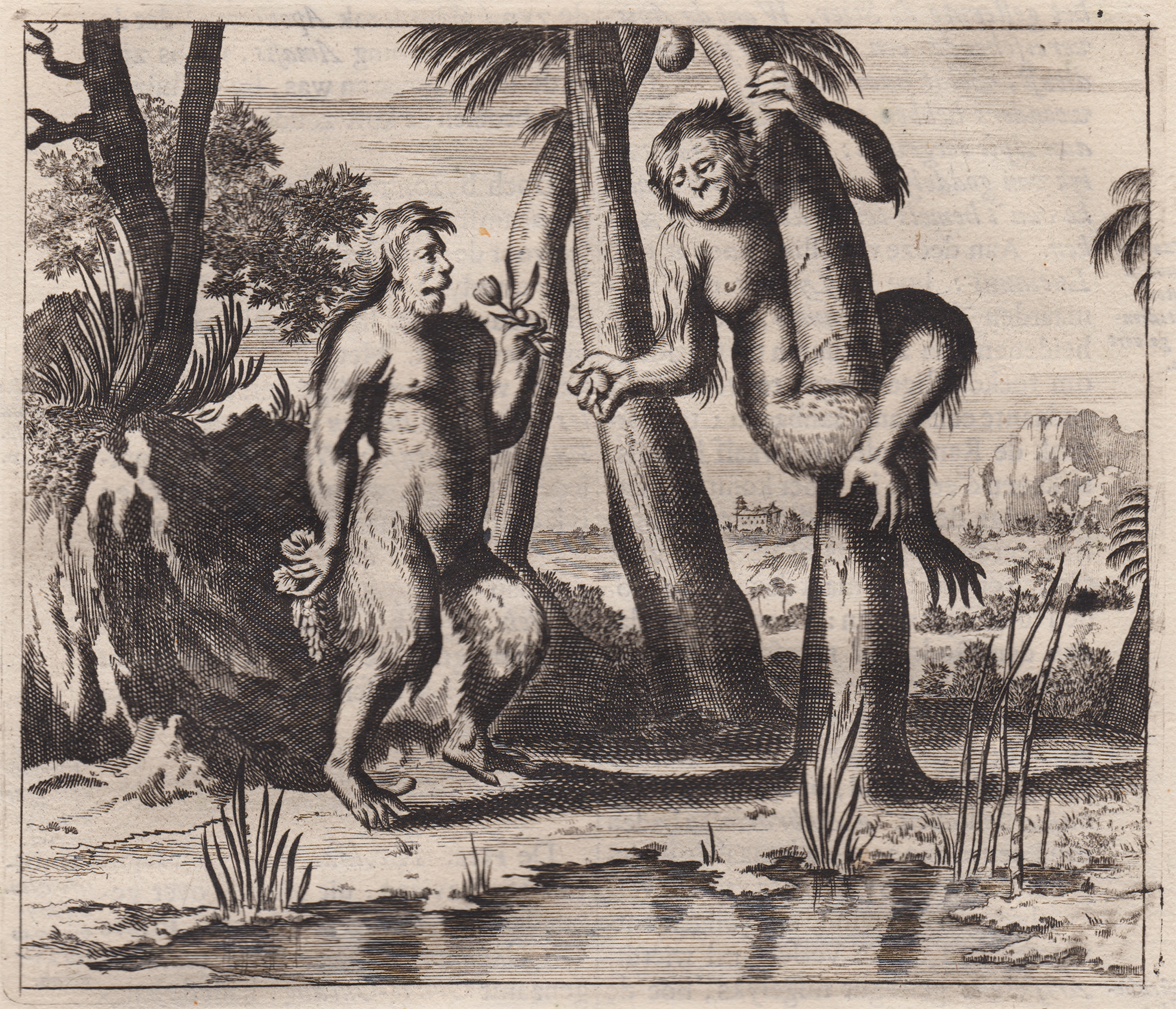ZOOMORPHISM
Zoomorphism denotes the projection of non-human animal characteristics, abilities, or physical attributes onto humans. Any definition is usually followed by what is seen as its opposite, anthropomorphism, which describes humans projecting their attributes and characteristics onto non-human animals. However, the differentiation is not a simple one of opposites. The terms are of course the converse and obverse of the same coin: non-human animals shape the world in their own likeness and often for their own ends. When humans are depicted as animals or vice versa, the flow between the zoomorphic and anthropomorphic impulse entangles. Two examples from the exhibition seem to be representative of the standard definitions of zoomorphism and anthropomorphism. One is an engraving by the French illustrator Grandville, from 1842, showing what seems to be a politician transformed into a buffalo and therefore following the usual cartoon illustrator’s zoomorphic strategy of revealing the propensities or behaviour of politicians by giving them animal features. It is in fact an example of pure anthropomorphism since Grandville is describing a bison presenting a speech, at a grand congress of the Animal Nation, calling all animals to rise up in the sacred cause of the emancipation of the beasts. The anthropomorphism in the second image, an etching after Arnoldus Montanus from 1669, is much more obvious since the artist attempts to document the habits of a species of ape who are clearly behaving like humans. However, the operational agency of both these images depends on the same assumption—conscious or unconscious—that human and non-human animals have some congenital linkage. The realisation of determinate understanding and meaning in both these prints requires the usual anthropomorphic projection used to animate or enliven anachronic images and art objects, but this intensifies when images represent human/animal fusion or difference.
{Ross Woodrow}
For more on Zoomorphism see my essay on the Complete Zoomorphic Archive
Copyright © All rights reserved


![J. J. Grandville, Buffalo, lithograph. Source: Scènes de la vie Privée et Publique des Animaux [Private and Public Life of Animals] (Parisz0 1842 opposite 17. Private collection.](https://images.squarespace-cdn.com/content/v1/5d0a492836336000012bc86d/1567079427176-U5SX04HI7966A40Q8K1K/Buffalo.jpg)
